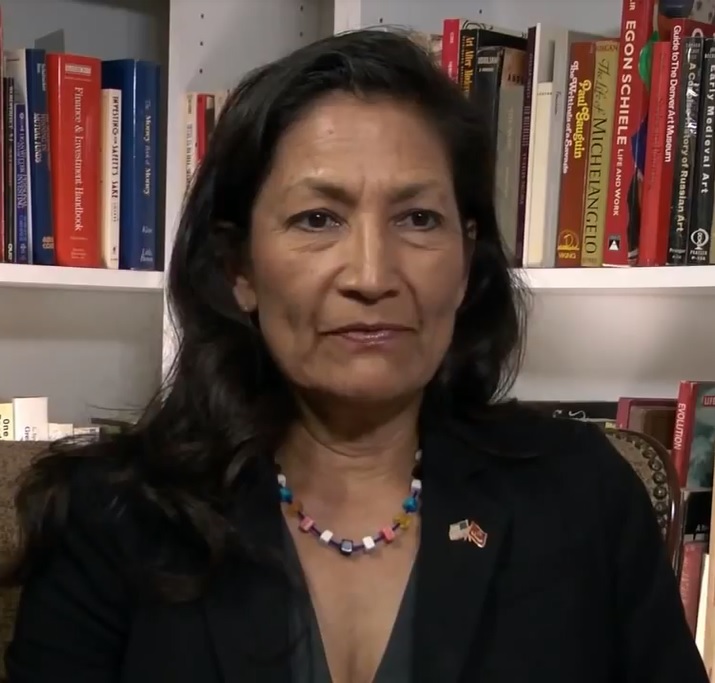|
Ochwiay Biano
Ochwiay Biano (Chief Mountain Lake) was an elder of Taos Pueblo in New Mexico. C. G. Jung, in his book ''Memories, Dreams, Reflections'', recalls a conversation he had with Biano, which Jung reported as follows: Later in Jung's 1925 visit, Biano taught Jung that his people, like the Elongyi tribe of Kenya, rose in the morning and spit in their palms, thereby presenting their soul-stuff to the sun to welcome it in an expression of sympathetic magic. Jung marveled that the Puebloans The Puebloans or Pueblo peoples, are Native Americans in the Southwestern United States who share common agricultural, material, and religious practices. Currently 100 pueblos are actively inhabited, among which Taos, San Ildefonso, Acoma, Zun ... knew why they were there. Notes Works cited *{{cite book , last=Hollis , first=James , year=2002 , title=The Archetypal Imagination , publisher=Texas A&M University Press Pueblo people 20th-century Native Americans ... [...More Info...] [...Related Items...] OR: [Wikipedia] [Google] [Baidu] |
American Indian Elder
Elders, in Indigenous peoples of the Americas, Indigenous North American cultures, are repositories of culture, cultural and philosophy, philosophical knowledge within their Tribe (Native American), tribal communities, as well as the transmitters of this storehouse of information.Medicine, Dr. Beatrice (2001). "My Elders Tell Me", ''Learning to Be an Anthropologist & Remaining 'Native': Selected Writings'', p.73. . They are regarded as living libraries, with information on a wide variety of practical, spiritual and ceremonial topics, including "basic beliefs and teachings, encouraging...faith in the Great Spirit, the Creator". "The fact acknowledged in most Indian societies: Certain individuals, by virtue of Teaching qualification, qualifications and knowledge, are recognized by the Indian communities as the ultimately qualified reservoirs of aboriginal skills."Medicine (2001), p.75. The role of elder is featured within and without classrooms, Academic conference, conferences, ceremo ... [...More Info...] [...Related Items...] OR: [Wikipedia] [Google] [Baidu] |
Taos Pueblo
Taos Pueblo (or Pueblo de Taos) is an ancient pueblo belonging to a Taos-speaking (Tiwa) Native American tribe of Puebloan people. It lies about north of the modern city of Taos, New Mexico. The pueblos are considered to be one of the oldest continuously inhabited communities in the United States. This has been designated a UNESCO World Heritage Site. Taos Pueblo is a member of the Eight Northern Pueblos. Natives will almost never speak of their religious customs to outsiders, and, because their language has never been written down, much of the culture remains unknown to the rest of the world. A tribal land of is attached to the pueblo, and about 4,500 people live in this area. Setting The pueblo was constructed in a setting backed by the Taos Mountains of the Sangre de Cristo Range. The settlement was built on either side of Rio Pueblo de Taos, also called Rio Pueblo and Red Willow Creek, a small stream that flows through the middle of the pueblo compound. Its headwaters c ... [...More Info...] [...Related Items...] OR: [Wikipedia] [Google] [Baidu] |
New Mexico
) , population_demonym = New Mexican ( es, Neomexicano, Neomejicano, Nuevo Mexicano) , seat = Santa Fe , LargestCity = Albuquerque , LargestMetro = Tiguex , OfficialLang = None , Languages = English, Spanish ( New Mexican), Navajo, Keres, Zuni , Governor = , Lieutenant Governor = , Legislature = New Mexico Legislature , Upperhouse = Senate , Lowerhouse = House of Representatives , Judiciary = New Mexico Supreme Court , Senators = * * , Representative = * * * , postal_code = NM , TradAbbreviation = N.M., N.Mex. , area_rank = 5th , area_total_sq_mi = 121,591 , area_total_km2 = 314,915 , area_land_sq_mi = 121,298 , area_land_km2 = 314,161 , area_water_sq_mi = 292 , area_water_km2 = 757 , area_water_percent = 0.24 , population_as_of = 2020 , population_rank = 36th , 2010Pop = 2,117,522 , population_density_rank = 45th , 2000DensityUS = 17.2 , 2000Density = 6.62 , MedianHouseholdIncome = $51,945 , IncomeRank = 45th , AdmittanceOrder = ... [...More Info...] [...Related Items...] OR: [Wikipedia] [Google] [Baidu] |
Puebloans
The Puebloans or Pueblo peoples, are Native Americans in the Southwestern United States who share common agricultural, material, and religious practices. Currently 100 pueblos are actively inhabited, among which Taos, San Ildefonso, Acoma, Zuni, and Hopi are the best-known. Pueblo people speak languages from four different language families, and each Pueblo is further divided culturally by kinship systems and agricultural practices, although all cultivate varieties of maize. Pueblo peoples have lived in the American Southwest for millennia and descend from Ancestral Pueblo peoples. The term ''Anasazi'' is sometimes used to refer to ancestral Pueblo people but it is now largely minimized. ''Anasazi'' is a Navajo word that means ''Ancient Ones'' or ''Ancient Enemy'', hence Pueblo peoples' rejection of it (see exonym). ''Pueblo'' is a Spanish term for "village." When Spaniards entered the area, beginning in the 16th-century with the founding of Nuevo México, they came across ... [...More Info...] [...Related Items...] OR: [Wikipedia] [Google] [Baidu] |
Pueblo People
The Puebloans or Pueblo peoples, are Native Americans in the Southwestern United States who share common agricultural, material, and religious practices. Currently 100 pueblos are actively inhabited, among which Taos, San Ildefonso, Acoma, Zuni, and Hopi are the best-known. Pueblo people speak languages from four different language families, and each Pueblo is further divided culturally by kinship systems and agricultural practices, although all cultivate varieties of maize. Pueblo peoples have lived in the American Southwest for millennia and descend from Ancestral Pueblo peoples. The term ''Anasazi'' is sometimes used to refer to ancestral Pueblo people but it is now largely minimized. ''Anasazi'' is a Navajo word that means ''Ancient Ones'' or ''Ancient Enemy'', hence Pueblo peoples' rejection of it (see exonym). ''Pueblo'' is a Spanish term for "village." When Spaniards entered the area, beginning in the 16th-century with the founding of Nuevo México, they came acros ... [...More Info...] [...Related Items...] OR: [Wikipedia] [Google] [Baidu] |


